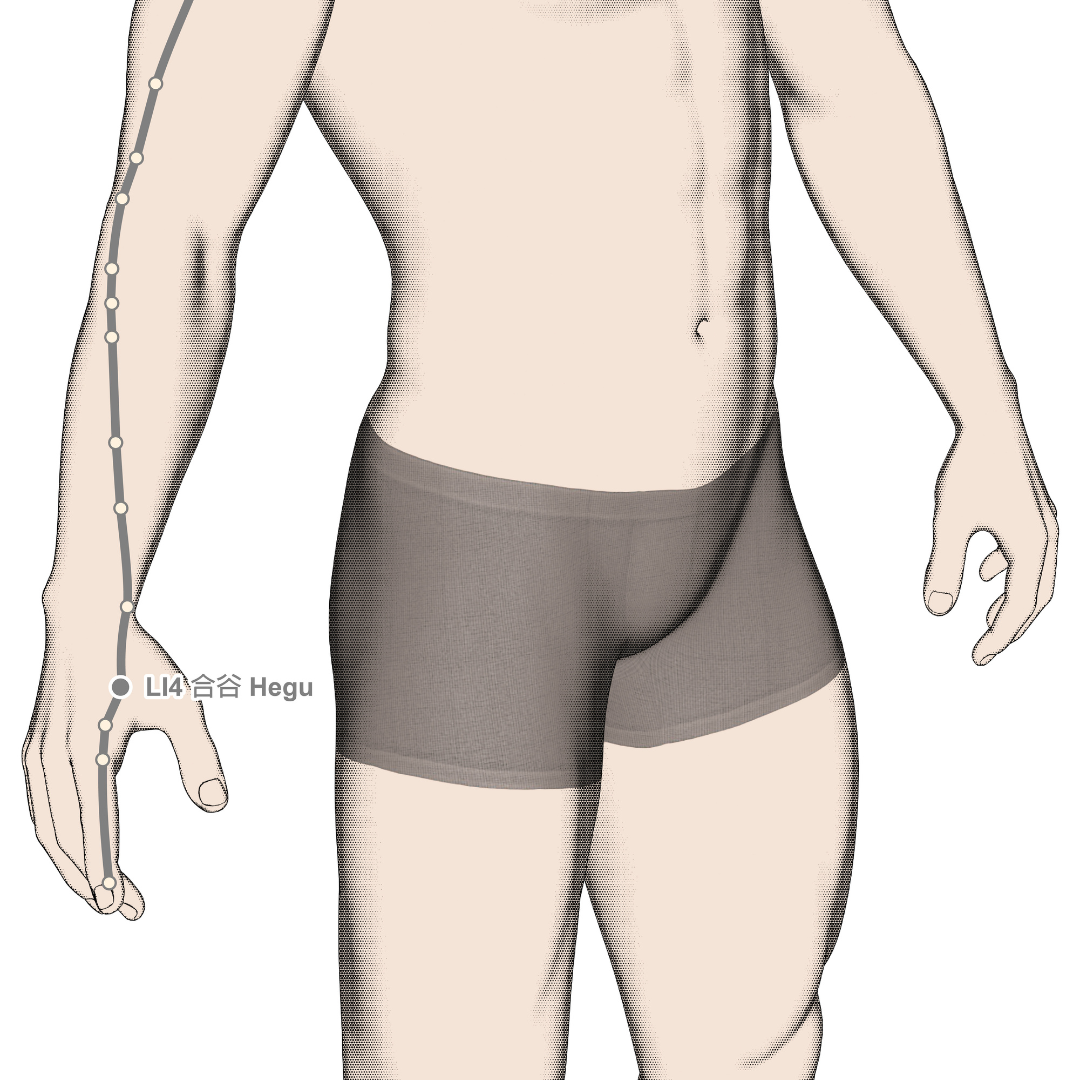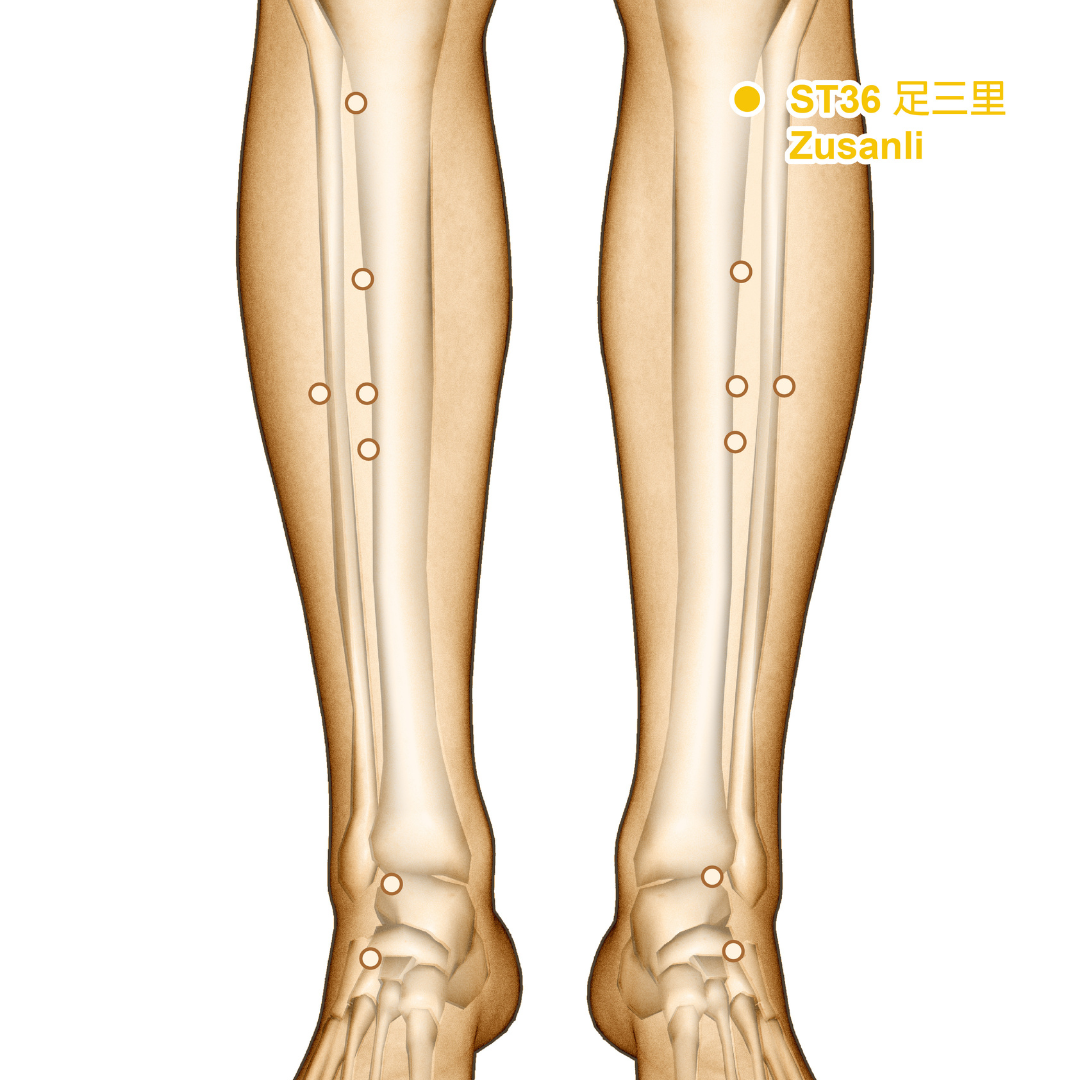Shuang Jiang Frost Decent:
Harnessing the Power of Traditional Chinese Medicine (TCM) in Autumn
As the beauty of autumn unfolds with its golden hues and crisp air, the Traditional Chinese Medicine (TCM) calendar points to a significant Solar Day, the "Shuang Jiang" or "Frost's Descent." It marks a period when the first frosts may appear, and nature's energy contracts in preparation for the winter ahead. Just as nature prepares, TCM suggests that the human body must also make adjustments to ensure balance and harmony.
Understanding Frost's Descent in the Context of TCM
TCM perceives autumn as a time of contraction, harvest, and reflection. Nature is drawing its energy inward, preparing for winter's dormancy. As trees shed their leaves and fields turn barren, it's a signal for humans to consolidate energy, turning inward and nurturing the body and spirit.
In the TCM paradigm, the Lungs and Large Intestine are the primary organs associated with autumn. They ensure a smooth flow of Qi (energy) and efficient waste elimination. With the onset of colder weather, the Stomach, responsible for digestion, and the Bladder, responsible for liquid waste excretion, also come into focus.
Acupoints: The Gateways to Balance
Harnessing the power of acupoints can aid in achieving balance during this season:
Large Intestine:
LI4 (Hegu):
Often called the "master point" for the face and head, this point can alleviate headaches, nosebleeds, and cold symptoms.
LI11 (Quchi): Positioned on the elbow, this point is used to clear heat and address skin issues, commonly seen with the dryness of autumn.
Stomach:
ST36 (Zusanli):
Located below the knee, this point is considered one of TCM’s most potent. It can boost energy, strengthen digestion, and enhance overall vitality.
Bladder:
BL20 (Pishu): This point is crucial for strengthening the spleen, which in turn supports the stomach.
BL23 (Shenshu):
Directly related to kidney health, stimulating this point ensures optimal fluid balance, a must as we head into colder months.
Nourishment Through Food: The Autumnal Palette
TCM places immense emphasis on diet as a way to achieve balance. The foods we consume can either aid our harmony with the seasons or disrupt it.
Pumpkin and Chestnut Soup
Ingredients:
1 medium-sized pumpkin, peeled and diced
1 cup of chestnuts, peeled
2 carrots, sliced
1 stalk of leek, chopped
2 cloves garlic, minced
1 tablespoon of ginger, finely chopped
4 cups of vegetable broth
Salt and pepper to taste
A pinch of nutmeg
1 tablespoon of olive oil
Method:
Warm the olive oil in a pot over medium heat. Add the leek, garlic, and ginger, stirring until they release their fragrant aromas.
Introduce the pumpkin, chestnuts, and carrots to the pot. Sauté for about 5 minutes.
Pour in the broth and bring to a boil. Lower the heat and let simmer until the ingredients are tender.
Blend to achieve a creamy consistency.
Return to the stove, season, and let it simmer for a few more minutes. Serve warm.
This dish is an embodiment of autumn. Pumpkin, with its sweet undertones, and chestnuts, with their rich texture, come together to nurture the stomach, essential for achieving balance in TCM.
Conclusion
The Frost's Descent isn't just a meteorological event; it's a call to action for those who practice TCM. By nurturing specific organs, focusing on vital acupoints, and choosing seasonal foods, one can ensure health, vitality, and harmony even as the world around us transitions. The wisdom of TCM offers timeless insights, ensuring we remain in tune with the cycles of nature.



